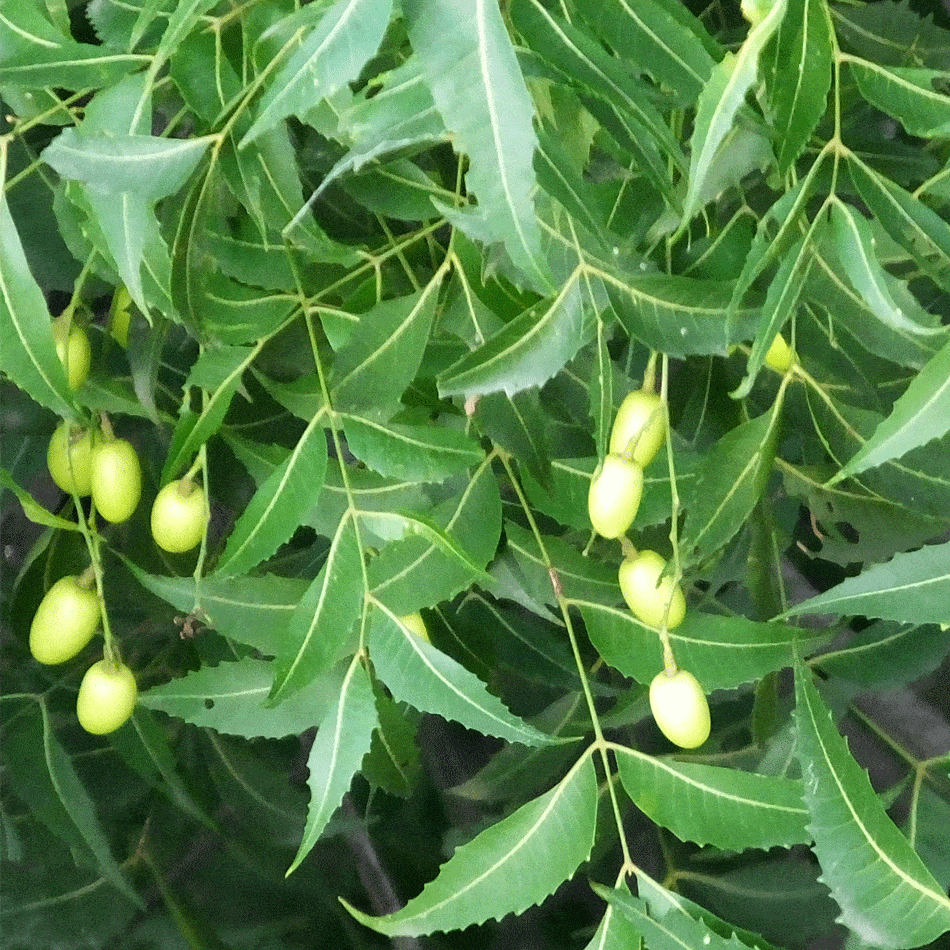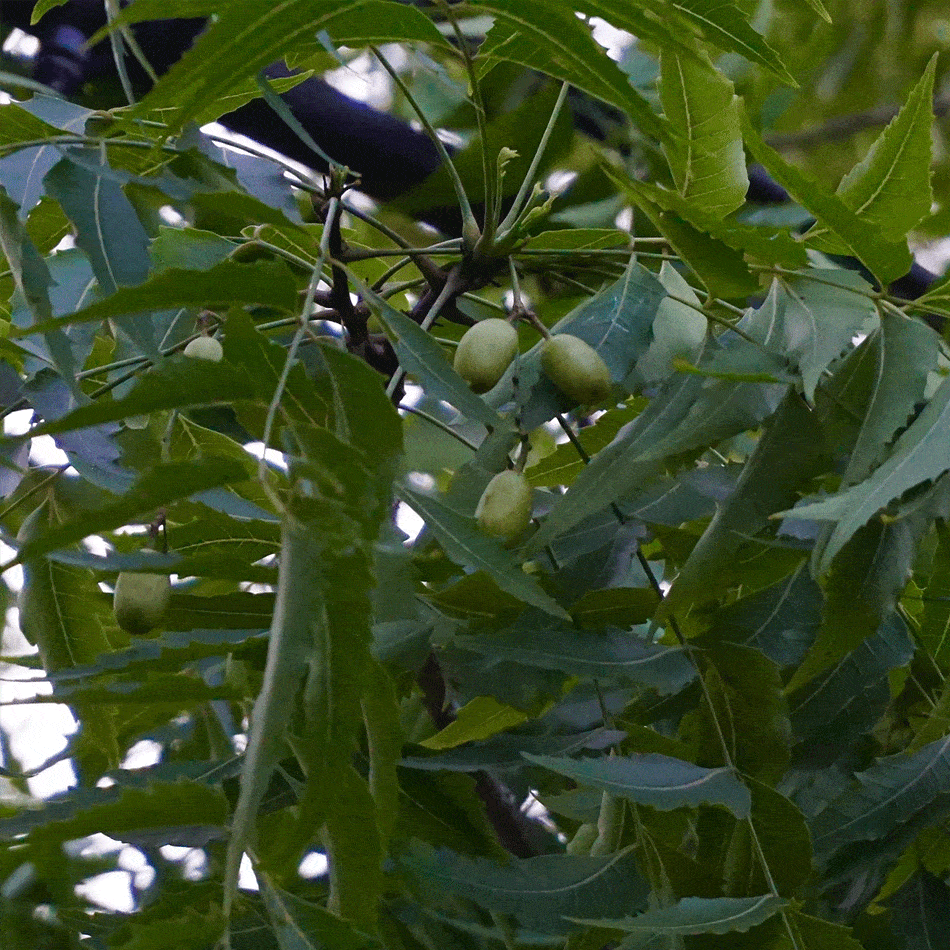Do we have the climate to grow a neem tree in Florida?
Yes, you can grow a neem tree in Florida. Neem trees are well adapted to all parts of Florida. Neem is thought to be native to India, and it has been found in the dry forest regions of South and Southeast Asia. The plant is quite hardy, adapting even to the wet salty habitats of the Florida Keys.
Neem trees can also withstand heavy water impressively. Trees in Key west, for example, revealed new growth in the aftermath of four hurricanes in 2005. Further north, the trees will be undamaged after temperatures of 39 degrees and exhibit new growth after temperatures fall to 24 degrees.

Best Time to Plant a Neem Tree in Florida
It’s pretty simple to grow a neem tree in Florida. Most of the state has a climate that is ideal almost year around.
Neem trees will thrive in tropical and subtropical climates. The ideal time to grow the tree is when the temperature is over 68ºF (20ºC), which is when the seed will germinate.
Here in Florida, that is most of the year. The ideal time would be early spring. This will avoid any cold spells that will stunt the growth of the tree.
Can I Grow Neem Cuttings from a Stem?
Yes, you can grow a neem tree from cuttings. You can also grow them from seeds or you can buy a neem tree thats already been started for you.
Seed planting is the most popular way of propagating neem trees, although you can use the branches of other neem trees to start cultivating neem. The processes involve:
Using Seeds
The neem seeds you get should be fresh. Neem seeds are viable for 10 to 12 days after collection, and you should only source for recently harvested seeds.
The seeds do not demand any treatment before planting. You will need a free-draining potting mix to start the seeds in a pot. You can either place the seeds pointed side down or horizontally and cover them with half to one inch of the mix. Position the pot in an area that is bright and warm, and ensure that the soil is moist.
The seeds will require temperatures between 68 to 77ºF (20 to 25ºC). Germination will take longer if it is cooler. You can place several seeds in a single pot, provided you separate the seedlings after germination and replant them. The pots should be punctured with a few holes at the bottom to encourage soil drainage.
Using Cuttings
If you cannot access fresh neem seeds, you can grow the plant from branches. You can use fresh-growing tips or even a-year-old branches. The cuttings should be about 7 to eight inches, and they should be placed in clean water before planting.
A large pot can hold four to five cuttings, although the pots should be designed with holes at the bottom for drainage. The branches will need rooting media, which should be poured into the pot and watered thoroughly.
To prepare a cutting, remove its leaves and leave just the top two leaves which should be cut in half. Apply rooting hormone, either commercial or handmade, at the lower one-inch end. Position a stick to about an inch from the bottom, and place the cutting in the hole.
Place the pot in a transparent polythene bag that is concealed at the top. The high-humid environment created by the bag will encourage rooting. The pot should be left in a bright place, but not in direct sunlight. After every ten days, open the bag, and also mist the soil. New growth will emerge after three to six weeks.
Transplanting
Spring is the suggested time to transplant the trees, as they will benefit from the longer growing days.
Water thoroughly after you move the tree to the garden and ensure that the soil is dry before watering again. Choose a location where the trees are safeguarded from high winds and afternoon sun. The day length is quite vital with neem trees, as it is with other tropical plants. You will need to provide another source of light during winter, therefore, or the neem trees will not survive.
How to Take Care of a Neem Tree
Overwatering presents the biggest threat to a neem tree. Fungi and root rot are commonly associated with overwatering neem trees. water the tree if the top one inch of the soil is dry. If you are constantly watering the tree, but the leaves are wilting, you can try misting them.
Neem trees also require a lot of sunlight and warmth. It will grow faster with access to these elements.
Those in north Florida may have to protect your neem tree on certain nights. If the temperature gets below 25°F your plant will die to the ground. however if the ground stayed warm enough your plant should be back to its healthy self when the warm weather returns.
You can also prune a neem tree without damaging it. Cut it over spring, and follow it up with a smaller trimming over summer.
The neem trees grow dormant in winter, and they need less watering.
Neem trees grow slowly in the initial year, after which they grow rapidly if sufficient temperature and light are provided.

Pests and Other Problems
For the most part, neem trees are grown pest-free. The leaves have antibacterial and fungicidal ingredients, although certain microbes can target various parts of the tree.
A deficiency of potassium and zinc can hamper the growth of neem trees.
Uses and Benefits of Neem
Neem oil is extracted by pressing the seeds of the neem tree. The oil is a popular pest repellant, especially against mosquitoes and sand fleas. If using it at home, burn neem leaves or place neem-soaked cotton on the window. Some manufacturers include neem in animal shampoo to guard against fleas and ticks. It can also be added to cattle feed or grain.
When it comes to medicinal uses, neem is a noted antibacterial and anti-fungal agent. It is used to address foot fungi, chickenpox, and warts by having the person bathe in neem water or apply the paste on the affected region.
Chewing neem twigs is recommended for dental care. Neem-based toothpaste is designed to keep away dental infections and diseases.
Neem is also popularly used to improve the quality of hair. It is commonly included in shampoos and conditioners, and it is used to tame frizz. Its anti-fungal properties come in handy in treating dandruff.
Neem oil is also believed to deal with skin dryness, redness, and skin itchiness.
I Think You Will Also Like:

